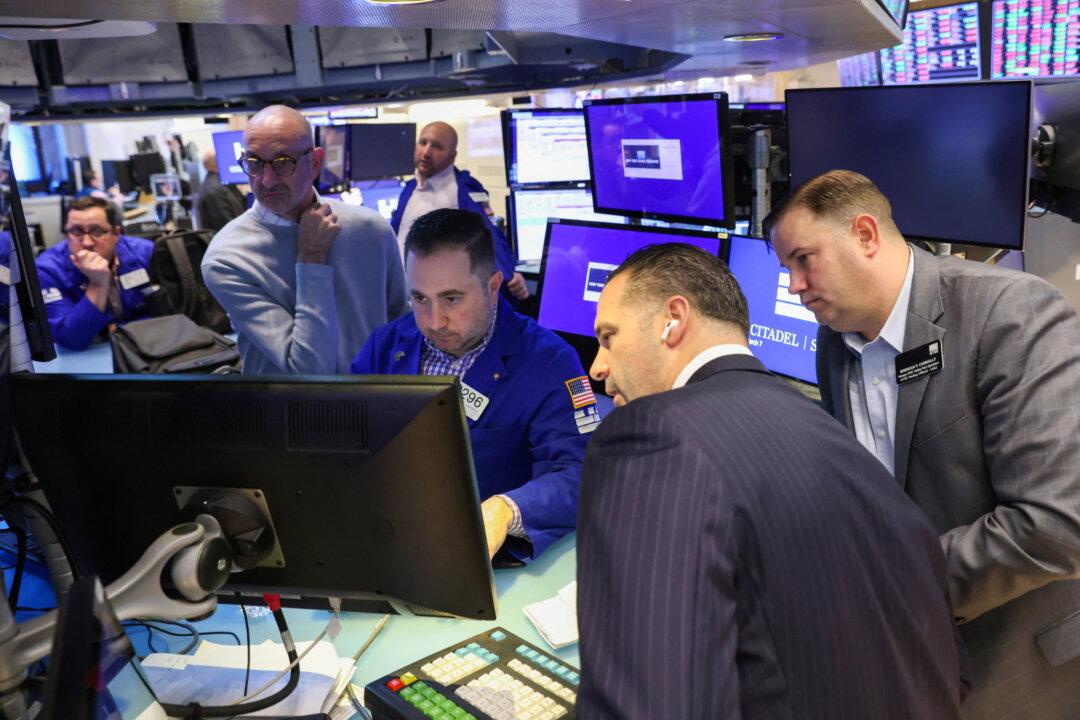U.S. stocks fell on Thursday on worries about the raging conflict in Ukraine and the outlook for U.S. interest rate hikes, putting the main indexes on course for their worst quarter since the pandemic crash in 2020.
Optimism around the peace talks this week faded as Ukrainian forces prepared for fresh Russian attacks in the southeast region.





